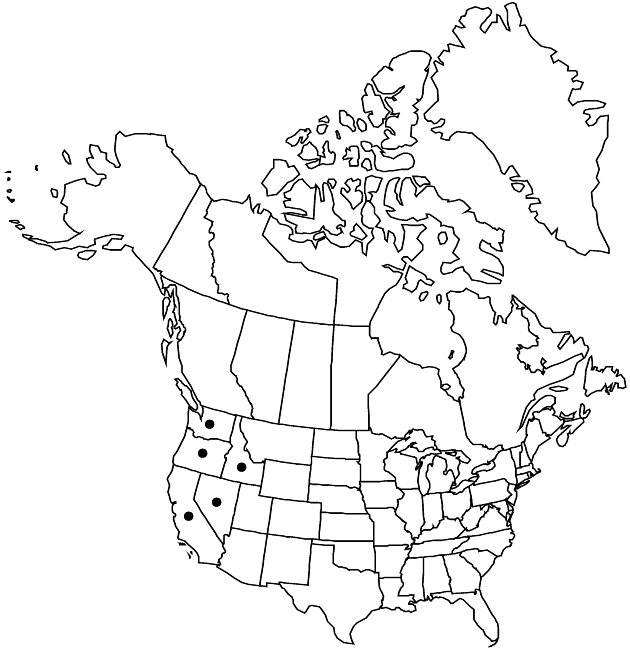Difference between revisions of "Cirsium horridulum var. horridulum"
FNA>Volume Importer |
imported>Volume Importer |
||
| (2 intermediate revisions by 2 users not shown) | |||
| Line 4: | Line 4: | ||
|publications= | |publications= | ||
|common_names=Horrid thistle | |common_names=Horrid thistle | ||
| + | |special_status={{Treatment/ID/Special_status | ||
| + | |code=E | ||
| + | |label=Endemic | ||
| + | }} | ||
|basionyms={{Treatment/ID/Basionym | |basionyms={{Treatment/ID/Basionym | ||
|name=Carduus spinosissimus | |name=Carduus spinosissimus | ||
| Line 52: | Line 56: | ||
|publication title= | |publication title= | ||
|publication year= | |publication year= | ||
| − | |special status= | + | |special status=Endemic |
| − | |source xml=https:// | + | |source xml=https://bitbucket.org/aafc-mbb/fna-data-curation/src/2e0870ddd59836b60bcf96646a41e87ea5a5943a/coarse_grained_fna_xml/V19-20-21/V19_63.xml |
|tribe=Asteraceae tribe Cardueae | |tribe=Asteraceae tribe Cardueae | ||
|genus=Cirsium | |genus=Cirsium | ||
Latest revision as of 19:53, 5 November 2020
Plants 15–180 cm. Stems densely tomentose. Leaves: blades oblanceolate or oblong-elliptic, 10–30 cm, shallowly to deeply pinnatifid, main spines mostly 5–10 mm, abaxial faces loosely tomentose. Heads 1–10. Involucres 4–5 × 5–7 cm, ± densely tomentose. Phyllaries: outer and middle bodies scabridulous or minutely spinulose, marginal spinules usually 1 mm or shorter. Corollas yellow or crimson to red-purple. 2n = 32, 34.
Phenology: Flowering winter–spring (Apr–Jun).
Habitat: Fields, meadows, pinelands, roadsides, often weedy, often in damp soil
Elevation: 0–300 m
Distribution

Ala., Conn., Del., Fla., Ga., La., Maine, Md., Mass., Miss., N.H., N.J., N.Y., N.C., Pa., R.I., S.C., Tenn., Tex., Va.
Discussion
Variety horridulum occurs on the Atlantic and Gulf coastal plains fom southern Maine to Florida and west to eastern Texas and into the piedmont in much of the southeastern United States. Artificial hybrids have been produced between var. horridulum and Cirsium repandum (R. J. Moore and C. Frankton 1969), and natural hybrids with C. pumilum var. pumilum have been reported.
Selected References
None.